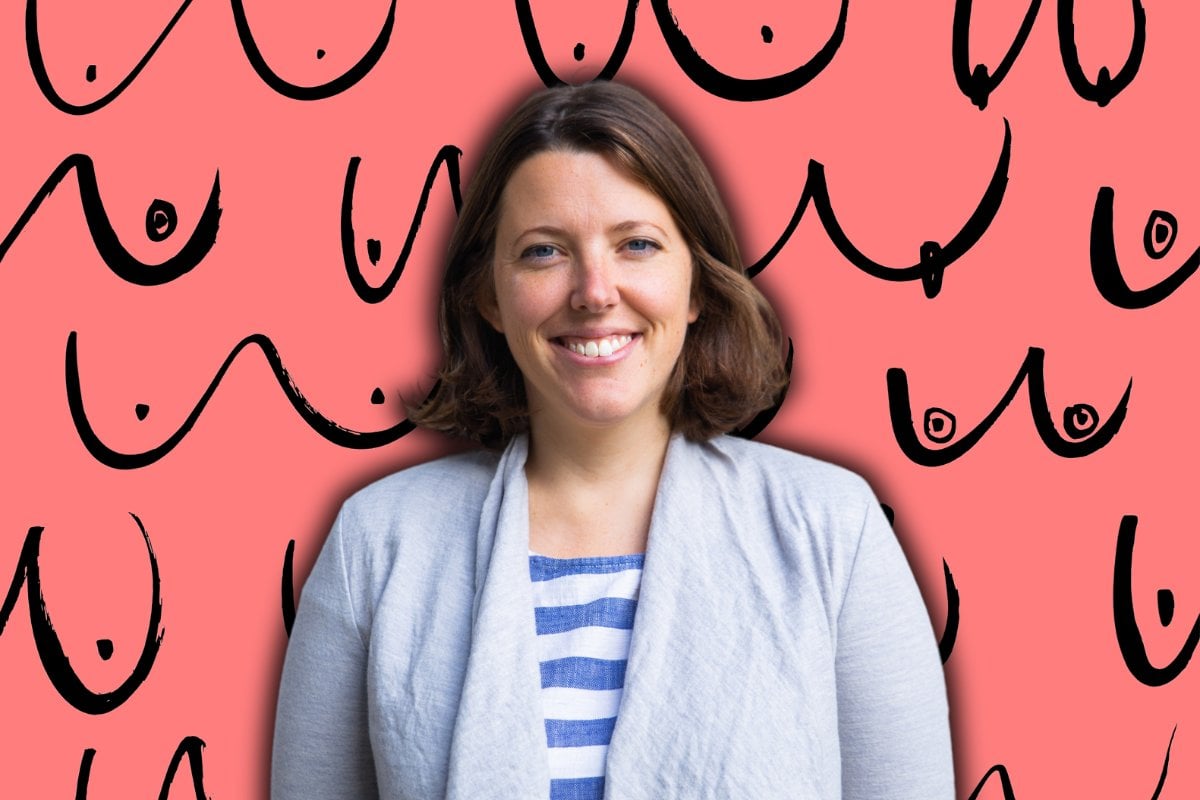
Meet the mum who is trying to overhaul the sucky reality of breast pumps.
The breast pump is more than 200 years old, and there's been little progress over the years. Sure, the humble glass-collecting-bowl-with-brass-syringe of the late 18th Century has (mercifully) been upgraded, and the invention of the first electric breast pump in 1942 made things more efficient – but the one-size-fits-all pump didn't work then and doesn't work now.
"Pumping can be traumatic for many women," says Melbourne-based lactation consultant, Pinky McKay.
"For some, it can mean toe-curling pain every few hours on repeat and dreading the next pumping session throughout the day or feeling like a cow while being hooked up to a pump. It can [also] be super stressful knowing that whatever amount you can pump is what your baby is depending on to thrive."
Watch: Breastfeeding aids are classified as "luxury or non-essential". Post continues below.
Pain, discomfort, and the never-ending emotional rollercoaster – every woman has their own breast pump horror story to tell – but after having to "psych" herself up to spend several hours a day on a breast pump, Alex Sinickas, the founder of Milkdrop, knew there had to be a better solution.
"I had huge troubles pumping," says 40-year-old Sinickas, who is a trained engineer. "My daughter struggled with feeding at the breast, and I was so panicked and guilty about getting her breastmilk that I put up with pain and damaged nipples.
